Music all over the world contains uncountable accounts of unrestrained creativity. Once one understands what it means to play in a key, the doors of music theory have been blown open. A major key implies a hierarchy of notes, where the root of the key is treated as the most important. What if it isn’t though? What if the other six notes are liberated, each getting it’s own turn to shine, bending the perception of the other notes? Enter the musician’s plaything and guide to the most loved musical colors—modes.
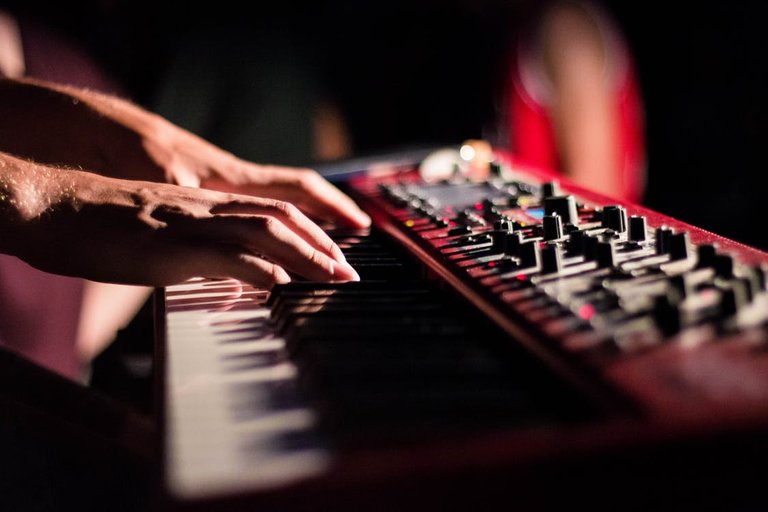
“Music expresses that which cannot be said and on which it is impossible to be silent.”
-Victor Hugo
Modes
They are theoretically elusive, yet simple if tackled the right way. If you’re itching for different musical flavors, modes are the quickest and easiest way to experiment. Here are the most common explanations of modes. Let’s say we’re in the key of F.
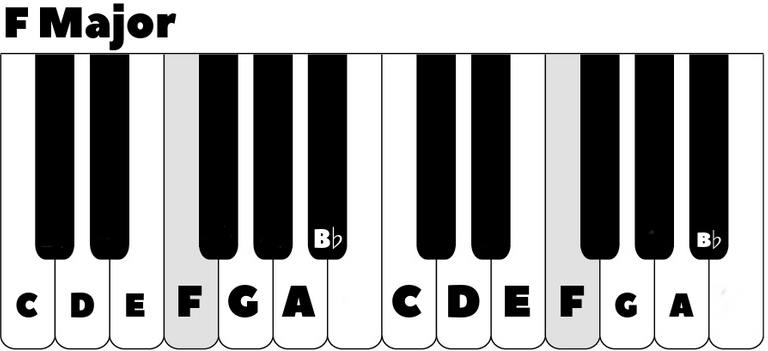
If you play these notes from F to F an octave higher, it will sounds like a major scale. However, if you begin on D instead of F and play these same notes up to the next D, it will sound like a minor scale. That’s because it is!
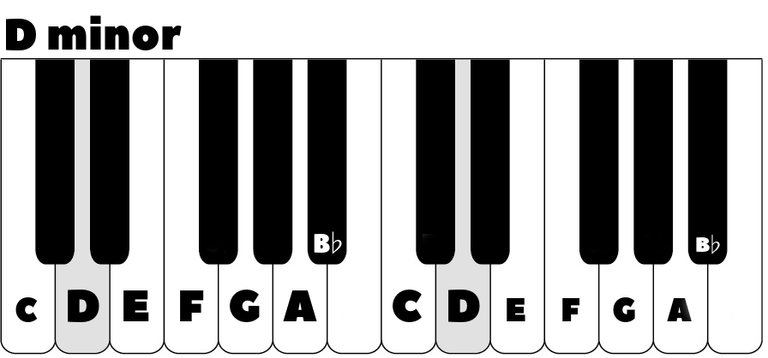
Minor scales are modes of major scales. There are seven notes in a scale, so there are 7 modes, and they all have different characteristics.
The Relative Minor
The 6th mode (the one that starts on the 6th note) of any major scale is called aeolian, or natural minor. Once you understand all of the major keys, you inherently understand all of the minor keys as well. From the root of any key (major scale) you can either count up to the sixth scale tone (1-2-3-4-5-6) or count down to that same note (1-7-6). Let’s try this process on the key of E.
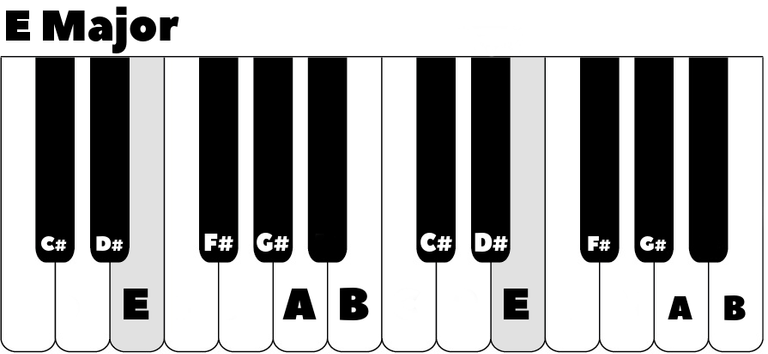
Find the sixth note of the scale (E is number 1). This is the relative minor of E major.
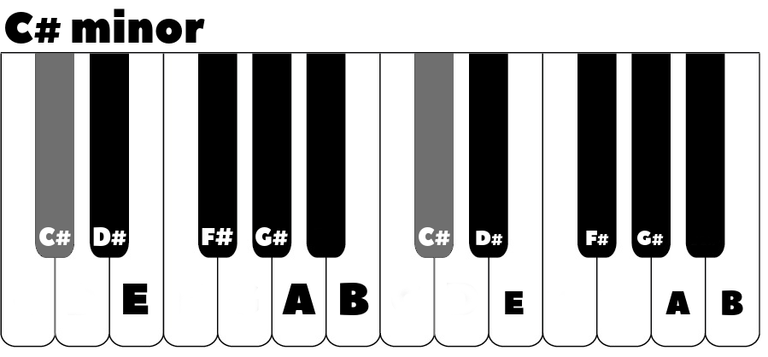
INTERESTING: Though these modes share the same notes, they do not share the same identity. Beethoven’s Moonlight Sonata isn’t “basically in the key of E major.” It is in the key of C# minor. It is interesting to note how different everything can sound when you change what note your brain considers “home.”

Modes related to the Key of C Major
Here are all of the modes with examples in the key of C. I recommend playing these so you can hear how they sound different. This is easy with a piano since we’re only working with white keys at the moment: just start and end your scale on the target note and you’ll hear the different modes.
• I - Ionian (C)
• ii - Dorian (D)
• iii - Phrygian (E)
• IV - Lydian (F)
• V - Mixolydian (G)
• vi - Aeolian (A)
• vii - Locrian (B)
Modes as Altered Major/Natural Minor Scales
Another way modes are described is through altering the normal major and minor scales. Here is the rundown of this method.
• Ionian is a major scale
• Dorian is a natural minor scale with a raised 6th tone
• Phrygian is a natural minor scale with a lowered 2nd tone
• Lydian is major scale with a raised 4th tone
• Mixolydian is major scale with a lowered 7th tone
• Aeolian is a natural minor scale
• Locrian is a natural minor scale with a lowered 2nd tone and a lowered 5th tone
This method is good for understanding the guts of these modes and trying to generate them out of thin air, but it isn’t that useful. It is unlikely that you’ll get a kick out of altering a major or natural minor scale just for the sake of naming it differently. The previous two methods are learned and then rarely used in actual musical practice.

A more useful method is to think of modes as phenomena, or something that arises naturally from musical structures. We can think of modes as musical flavors. Here are some examples. Feel free to play some notes from the key in each example to hear how it interacts with the song. Improvising is fun, and I’ve set up a system where you won’t play any “wrong” notes.
Modes by Song
• Ionian is the same thing as major and is the most common mode. It is pleasing to the ear and tends to sound happy. I’ve chosen a very bright example, Yellow Submarine by The Beatles in the key of G major.
• Dorian is a funkier sounding minor. You can hear it in jazz, rock, and funk. I’ve chosen Zombie by Nigerian activist Fela Kuti in G dorian (key of F).
• Phrygian is a darker sounding minor. It exists stereotypically in flamenco and metal. Here’s Malaguena by Cuban composer Ernesto Lecuona, performed by Paco de Lucia in F phrygian (key of Db).
• Lydian is a more childlike sounding major. You can find it in classic cartoons, video games, and musicals. Here’s a classic: Saria’s Song from the Legend of Zelda in F lydian (key of C)
• Mixolydian is like major but with a more continuous feel, as if it never quite reaches home. Classic rock and modern pop music have a lot of this going on. Here’s Royals by New Zealand’s Lorde in D mixolydian (key of G).
• Aeolian is the same thing as minor and is extremely common. Different forms of minor exist; this one is called natural minor (the other forms of minor are alterations of natural minor). Here’s a good example of minor in action: the third movement of Moonlight Sonata played by Valentina Lisitsa by composer Ludwig von Beethoven in C# minor.
• Locrian is the wildcard. It has a dark and strange texture and is very uncommon. I’ve chosen the guitar riff in Juicebox by The Strokes in E locrian (F major).
Getting familiar with the different emotional properties of these modes will make them more valuable and identifiable to you. The more examples you expose yourself to, the more easily you’ll be able to call out a mode when you hear it.
Two-chord Modal Jams
Here are a few two-chord jams that can get you playing around with different modes. All are based on the key of C, so you can improvise melodies with just the white keys of a piano.
• Ionian - G major, C major
• Dorian - D minor, E minor
• Phrygian - E minor, F major
• Lydian - F major, E minor
• Mixolydian - G major, F major
• Aeolian - A minor, E minor
• Locrian - B diminished (only one chord for this one).
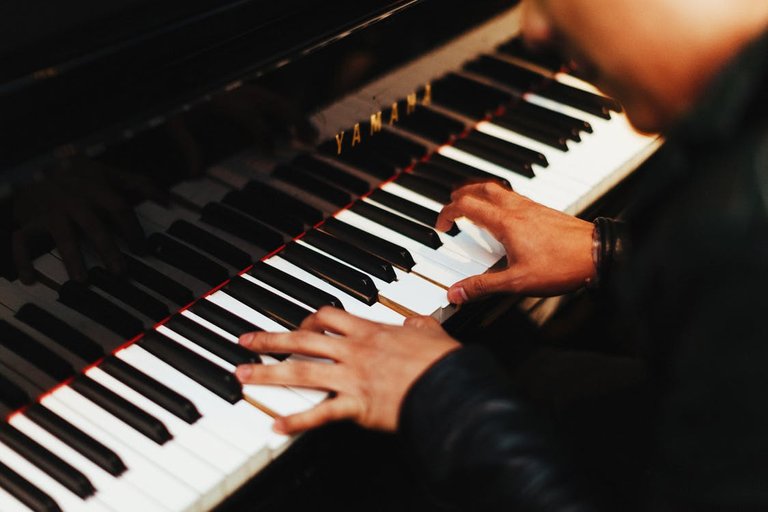
Modes are like a playground. You don’t need to understand and memorize every detail to have fun with these ideas. In fact, most artists around the world don’t actually show evidence that they know what it is they’re doing in terms of music theory. That’s the best part! These principles get used in music all the time because they sound cool and better help artists create beautiful things. Don’t ever hesitate to sit down with an instrument and make random sounds—This is the first step to being a music creator.
Nice article @soundreasoning, I am a jazz guitarist and explaining the concept of modes and how they are used is not an easy task. Well done. An article like this definitely deserves and vote and follow.
Good Post!
Thanks for sharing.@soundreasoning
wavi
This post was nominated for last week's Whaleshares Minnow Support Contest and you have won 25 whaleshares! Leave me your bitshares/openledger username to claim your prize. If you don't have an account yet you can start one for free here.